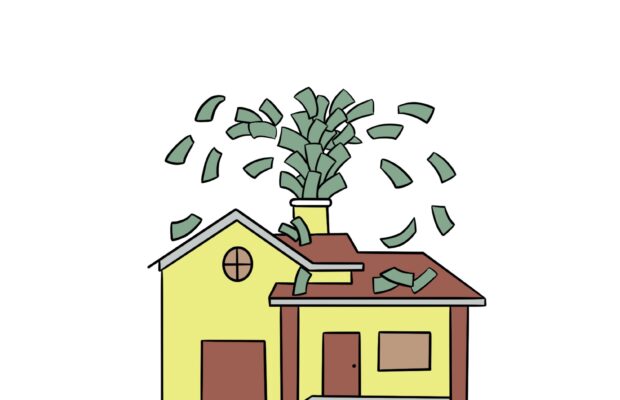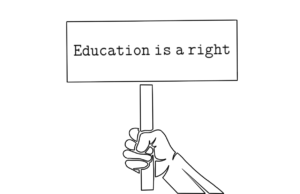United States debt limit is reached

A potential crisis emerged when the United States hit its debt ceiling on Jan. 19, 2023, resulting in countless disagreements about how to resolve the issue. The debt ceiling is a limit on the amount of national debt that can be drawn by the United States Treasury, which helps to limit how much money the federal government may pay on the debt that they have already borrowed.
Currently, the national debt is $31.42 trillion, and the set debt limit is $31.4 trillion. Debt is commonly assessed as a percentage of gross domestic product (GDP), and after the pandemic recovery spending, the debt is about 120% of GDP. The Treasury Department is now taking “extraordinary measures,” and moving money around to help decrease the national debt.
If the United States does not increase the debt ceiling, the government will have to default on its debts, meaning the Treasury would have to reduce payment of owed funds or default on payments to bondholders. If the federal government is not able to issue new debt, it would be forced to implement budget cuts.
The House of Representatives and the White House are in disagreement over how to resolve this crisis. Speaker of the House Kevin McCarthy would like to reduce federal spending and make possible cuts to Medicare and Social Security. However, the Biden administration has said that Congress is obligated to increase the debt ceiling to avoid making cuts.
President Joe Biden and House Speaker Kevin McCarthy met together privately on Feb. 1, to discuss the possible ways to solve the debt ceiling crisis. They have both agreed that they would like to avoid making cuts to Medicare and Social Security. While their conversation did not result with a direct solution, Biden and McCarthy did agree to meet again and continue discussing the issue.
Raising the debt limit will give the government room to finance existing obligations that have been made in the past without being forced to make cuts in our current budget. However, the new limit would not authorize additional spending commitments. If the debt ceiling is not raised and the government defaults on its debt, there would be higher interest rates which would increase prices and inflation.



